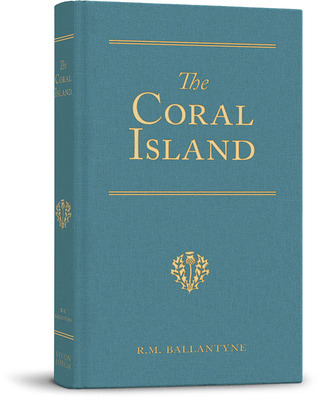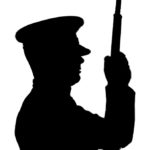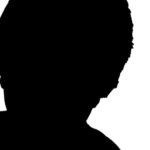We are offering support for students and teachers. Please click here.
One of the influences on Lord of the Flies was R.M. Ballantyne’s The Coral Island and a Tale of the Pacific Ocean (1858). In his masterful biography of Golding, John Carey writes that Golding was inspired to write the ‘real’ story of what would happen if boys were stranded on an island – ‘in Lord of the Flies he had written Coral Island in reverse’. Golding and his wife Ann frequently read stories about islands to their children, David and Judy, and one night, Golding said to Ann: ‘Wouldn’t it be a good idea if I wrote a book about children on an island, children who behave in the way children really would behave?’ Lord of the Flies then, represents Golding’s vision of the reality of boys left to their own devices and is a world away from the events of The Coral Island. Golding went as far as to borrow Ballantyne’s character names for Flies; the narrator in The Coral Island is Ralph and the mature leader of the three stranded boys is Jack.
Ralph, Jack and Peterkin are stranded on a South Pacific island following a shipwreck. They manage to recover a few items from the ship but they are mostly at the mercy of the island. The boys never seem duly concerned about the wreck and happily set off on exploring the island and having a jolly good adventure. Jack declares that he should be the leader as he’s the oldest and Jack and Peterkin ‘gladly’ agree for he ‘inspired them with confidence’. Peterkin later gushes to Jack: ‘Jack, you’re a Briton – the best fellow I ever met in my life’, recalling Golding’s Ralph’s declaration: ‘We’re English and the English are best at everything.’ Here we can see two key contrasts between The Coral Island and Lord of the Flies. Both Jacks declare that they should be chiefs and while in Ballantyne’s story, this is accepted without argument, in Golding’s novel, the vote for Ralph to be chief sets into motion the eventual divide on the island. Golding’s Ralph never lets the boys forget that their main aim is rescue but the boys on the Coral Island rarely mention rescue; instead they live on ‘their’ island in ‘uninterrupted harmony and happiness’.
The boys on Coral Island don’t face any danger from each other. However, they do come across enemies in the form of ‘savages’ –native inhabitants of the surrounding islands. The Coral Island is at heart an imperialist text; the boys come across some ‘natives’ who have been ‘tamed’ by Christian missionaries and these are juxtaposed with tribes of cannibals who sacrifice babies to their gods. Two warring tribes invade their island; the boys intervene and manage to stop the atrocities. Ralph is captured by pirates before returning to his island, and Jack and Peterkin, in a happy, and extraordinarily fortunate, twist of fate.
The Coral Island is directly referenced by Golding in Lord of the Flies. During the first assembly when Ralph is persuading the boys that they can have a ‘good time’ on the island, he says: ‘It’s like in a book’. The boys shout back excitedly: ‘Treasure Island … Swallows and Amazons … Coral Island’. When the Naval Officer arrives, and before he fully understands what has happened, he says, ‘Jolly good show. Like The Coral Island’. These allusions are quite deliberate to show Golding’s subversion of Ballantyne’s fantastical tale. Ballantyne presents a romantic vision of three boys who, without the conventions of society, are still able to usefully work together for each other’s good and against the savage forces that threaten them. Golding shatters this illusion in Lord of the Flies. Without rules and without adult guidance, Golding’s boys demonstrate the evil within. As Simon says, ‘maybe there is a beast … maybe it’s only us’.


